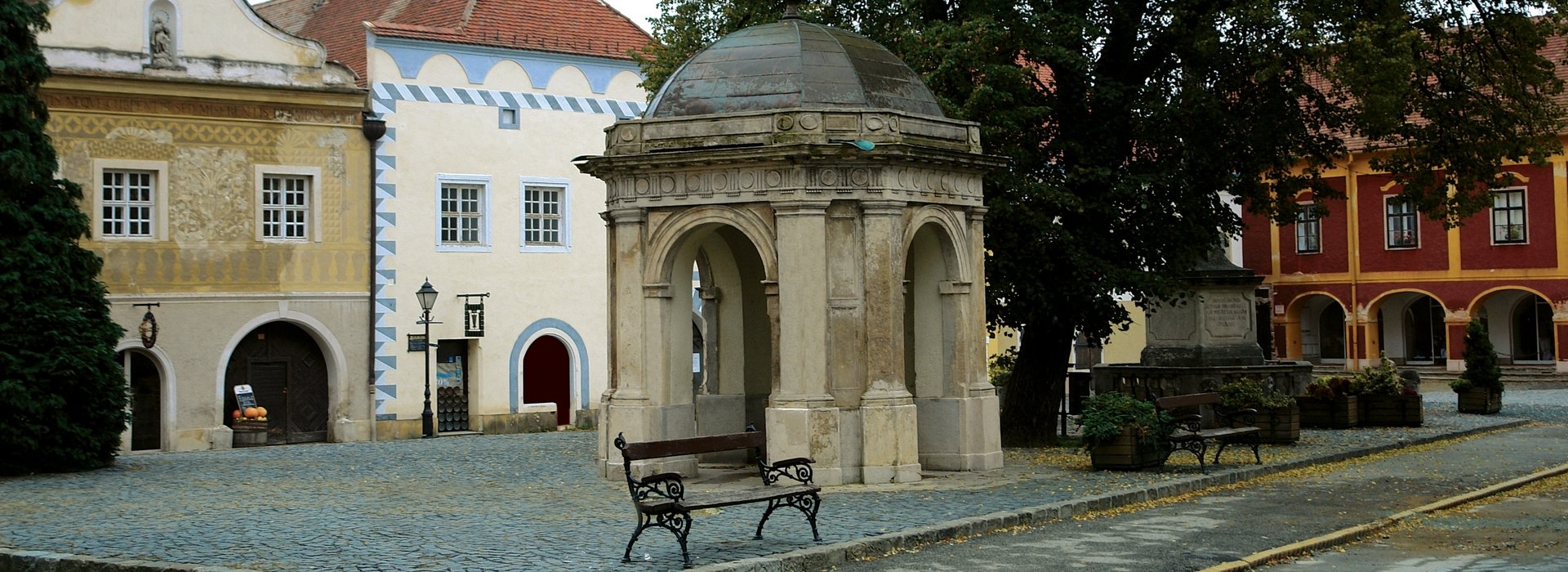

History of town
The birth of the only free royal city of historical Vas county dates back to the third quarter of the 13th century. Its foundation is due to the Volfer branch of the Héder clan that settled in Hungary in 1157. Two members of the founding Kőszegi family, Henry II and his son Ivan, relocated the centre of the family from Németújvár to Kőszeg before 1274. Charles of Anjou ended the Kőszegi family’s rule in 1327. One year later, in 1328 he promoted Kőszeg to the rank of the royal town. During the time of the Anjou rulers, between 1347-1381, the boundaries of the town were also established. In 1392 the king’s town became a manorial town. It was redeemed by palatine Miklós Garai from the Ellerbach family of Monyorókerék, who had taken it as a pledge from Sigismund of Luxemburg 5 years earlier. The Garai-era came to an end in 1441.
Kőszeg became the main scene for the events of the 1532 campaign in the third wave of the 16th century’s Turkish menace. Between 5-30 August, 1532, the Commander-in-Chief Ibrahim led nineteen sharp attacks against Kőszeg, the defence of which was organised by Miklós Jurisich, the mutual captain of the town and the castle, which had been mortgaged to him in 1529. After the last abortive attack a revolt among the janissaries made the Turkish supreme command withdraw. The last contingent of the disengaging Turkish troops left the outskirts – as tradition has it – at 11 o’clock on 30th August, 1532. In memory of this event, the church bells have been tolled at 11 o’clock since 1777. After the Turkish wars the ducal branch of the Esterházy family was in possession of the castle and its domain until 1931. The fortified town lost its strategic importance after Rákóczi’s War of Independence. Kőszeg, along with Szombathely played a crucial role as the main fortress of the Kuruts’ supreme command in liberating and controlling the regions beyond the Rába River.
The free royal city had its longest peaceful period during the 18th century. The town – for the first time in its history – tried to compensate its losses by establishing a settlement of Schwabendorf (Kőszegfalva) in 1712.
Kőszeg lost its primary situation in Vas county in the first half of the 19th century. During the reform period only a few craftsmanship sections could survive the production crisis of guild industry. The establishment of share companies, society-establishments and the first banking institution in the county are all signs of early civil development in Kőszeg. Besides the society of fundamentally small-scale industry and retail trade owners, the town of schools, sanatoriums and garrisons was built at that time. Fortunately, the development course of the emerging capital did not affect the treasures of Kőszeg’s especially beautiful and rich architectural heritage and natural environment. The only change in the fortification structure was the breaking down of the gate-bastions. The town-structure remained intact.
Kőszeg was granted the Hild-award in 1978 for preserving its architectural heritage. From 1990 the town has been operating in a local government and market setting and has been looking for ways of renewal by means of capital input again.